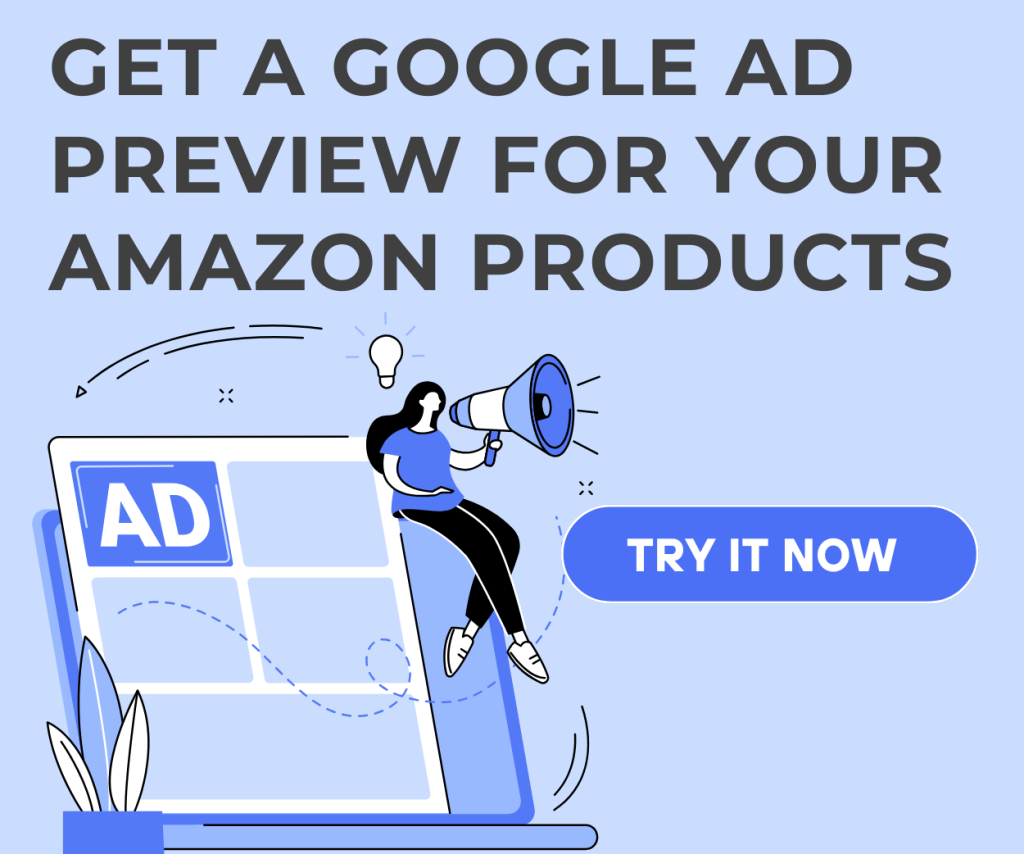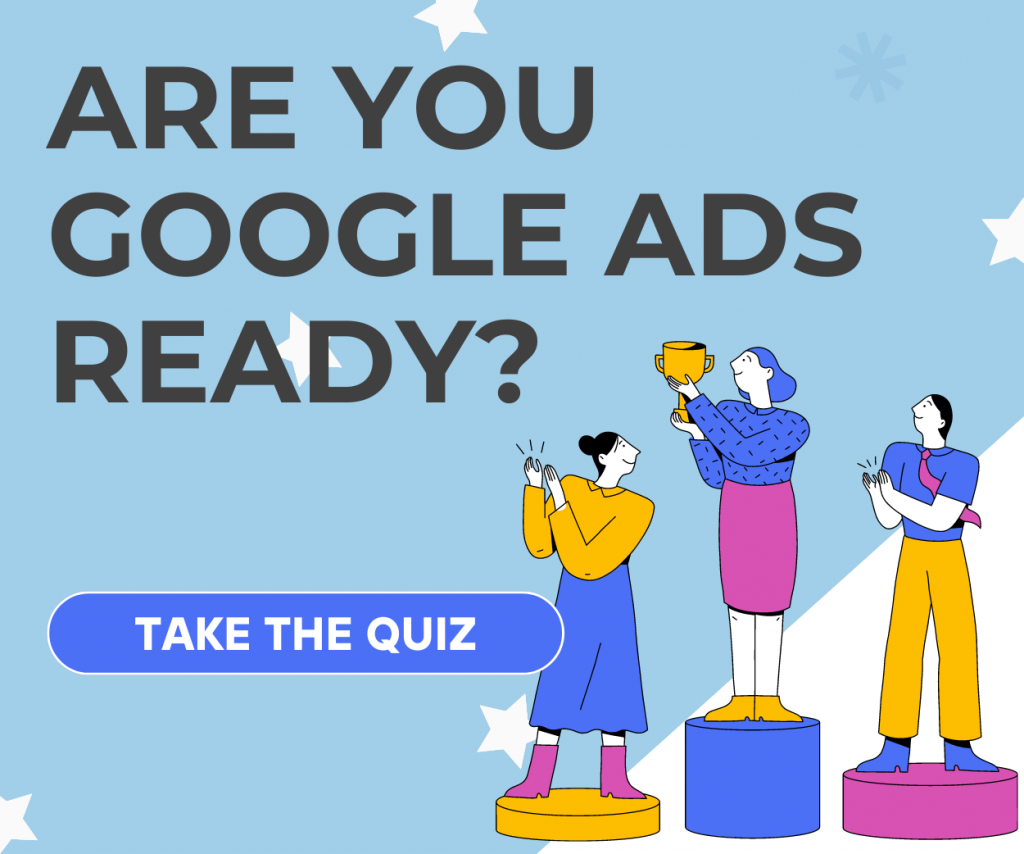In the fast-paced world of digital marketing, AI is no longer a luxury—it’s an advertiser’s secret weapon. Whether you’re running Google Ads or crafting social media campaigns, AI can help you generate high-performing ad copy faster than ever.
TL;DR:
Artificial intelligence (AI) is changing the way we do PPC advertising. Most advertisers now use AI for tasks like keyword research, creating ads, and bidding. While AI can make these processes faster and more effective, it also has some risks, such as exaggeration, repetition, or even policy violations. The best approach is to use a combination of AI and human expertise
Artificial Intelligence is deeply integrated, powering everything from smart bidding to automated ad creation. However, a question arises: how much should a PPC advertiser rely on AI? Let’s see some data:
- According to reports, 60% of PPC specialists leverage AI for keyword research
- 75% of PPC experts say they turn to AI at times when creating ads, as per DigitalSilk
- Facebook and Google Ads using AI-powered creatives experience a 47% lift in CTR, along with a 29% reduction in CPA.
- Over 80% of Google advertisers now rely on automated bidding, as per Google
When it comes to creating ad copies, we get reminded of endless brainstorming sessions. We wanted ad copies to be creative, relevant and persuasive, but there were moments when our brains just wanted to rest. That’s when we need AI- not to replace our creativity but to help us think faster and smarter, without losing the brand’s voice.
Ways to Use AI to Craft Ads that Connect
Here’s a breakdown of how to use AI to craft ad copy that converts:
1. Know Your Audience
Analysing your audience matters. When you know who they are, creating ad copy becomes much easier. AI can help you uncover customers’ behavior and search intent, helping you see what truly matters to them. AI can help identify relevant keywords and common questions, ensuring your ads align closely with what people are already searching for.
2. Group Keywords into Themes
Creating themes is an effective way to make ads more promising. Instead of writing one generic ad, AI can cluster search terms into meaningful themes that appeal to different customer motivations. This will help you in two ways:
- Ad copies are targeted and relevant
- High CTR and low costs on the Google Ads platform
For example, Search terms and relative themes for “PPC Optimization Services” would be:
| Themes | Search Terms |
|---|---|
| 1. Services | PPC optimization services PPC management company Google Ads optimization services PPC agency for small business Amazon PPC optimization services |
| 2. Knowledge & Best Practices | PPC optimization best practices PPC campaign optimization checklist |
| 3. Tools & Pricing | PPC audit services PPC performance analysis tools PPC optimization services pricing |
3. Theme-Based Headlines and Descriptions
Based on these themes and search terms, AI can quickly create multiple headlines and descriptions. You can then:
- Pick the most suitable headlines and descriptions as per your products/services and combine them into RSA
- Test variations across different audiences
Example: Headlines and descriptions created by AI based on the theme “Services“
| Headlines | Descriptions |
|---|---|
| 1) Expert PPC Optimization 2) Trusted PPC Management 3) PPC Services for Growth 4) PPC Management Made Simple 5) Boost Sales with PPC Today 6) Proven PPC Growth Services | 1) Maximize ROI with tailored PPC services designed to drive results. 2) Partner with a PPC agency that manages and optimizes every campaign. 3) Affordable PPC solutions built to help small businesses scale. |
Common AI Ad Copy Errors and How to Correct Them?
AI can be a powerful tool when it comes to creating ad copies, but there are definitely things we need to watch out for so that ads can be effective and can be true to your brand voice and practical solutions to handle them:
Misleading Claims
- Problem: AI can sometimes exaggerate. It can make misleading promises about your product/service, which your brand doesn’t offer.
- Solution: Be cautious with every claim, always fact-check and ensure it matches your actual offering.
Ignoring Platform Policies
- Problem: Ad platforms like Google and Amazon have their own compliance policies in every country, and as marketers, we must follow them. However, AI may sometimes suggest phrases that violate these rules.
- Solution: Cross-check your ad copy with ad platform guidelines before launching it.
Repetitiveness
- Problem: Variety in ad copies is very crucial in testing. But with AI, it can be challenging. AI tends to use similar phrases while creating headlines and descriptions.
- Solution: Ask AI to generate ad copies in different styles and then mix and match them. You can also manually tweak the AI-generated variations.
Note: Karooya’s RSA Preview Tool can come in handy in this regard. You can put those AI-generated ad copies in our preview tool, view how they appear on mobile and desktop and adjust the AI-generated options manually.
Keywords Overload
- Problem: AI relies heavily on keywords provided by us, and at times, it can create ad copies that are less relevant and less appealing.
- Solution: Use keywords wisely. Keep it simple, natural and easy to read. Sometimes, using fewer keywords can actually lead to stronger engagement.
What Do Audiences Really Think of AI Ads?
PPC experts have mixed feelings about AI-generated ads. Some appreciate the creativity, while some miss the human touch. Platforms like Reddit and Quora help people to express their thoughts.
One user in r/AskMarketing summed it up well:
“AI ad creatives are, well, hit or miss … something human or unique is missing.” There’s appreciation for speed and creativity, but many feel AI lacks the soul and originality of human work.”
Questing the trust factor:
“If it’s done tastefully, it can be entertaining, but I think it really takes away the trust aspect in marketing…if you’re using an AI to make ads for you rather than using yourself or hell even an actor, it makes me question what you’re hiding from.”
“It is .. not making the same buzz as it did last year or 2 years ago. But seeing “AI” in the ad text, makes me think that Chatgpt, the smartest AI, can’t count a character string, to fit it in a character limit (i.e. “create one ad with 3 headlines, each headline to be of maximum 30 characters”, and all 3 headlines are 40+ 😂. So based on that, seeing AI in the ad text, I expect a cheap product, that does maybe half of the job, which I’ll have to pick up and fix afterwards. Personal opinion.”
Not all opinions are negative:
“AI has a place if it’s used to enhance the creative, not replace actual storytelling… subtle AI touches… performed better than I expected. This shows that when used thoughtfully—like adding surreal effects—it can complement rather than replace human creativity.”
“There are numerous use cases for AI-generated ads. For instance, when a suitable image or stock video is unavailable, AI comes to the rescue. It may not be perfect, but it serves its purpose, and the audience is also becoming accustomed to AI-generated videos. Some of the ads that we have tested have performed better than human-generated videos.”
Can Human-Guided AI be the Winning Formula for Google Ads Copy?
AI is slowly becoming essential in digital advertising. It’s just not about speeding up the workflow; it’s about staying competitive. However, AI is best seen as a co-writer, not a replacement.
While AI can help to generate ad copies in seconds, it often lacks the human touch. Human oversight bridges this gap. Pairing AI’s speed with human creativity can ensure brands produce ads that are sharp, persuasive, and aligned with their voice. This hybrid approach offers a sustainable formula for high-performing Google Ad campaigns.
Related Links





Stop the wasted ad spend. Get more conversions from the same ad budget.
Our customers save over $16 Million per year on Google and Amazon Ads.